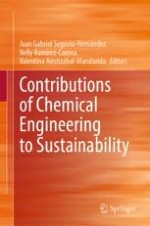2024 | OriginalPaper | Buchkapitel
3. Edible Insects, a Sustainable Alternative for Human Feeding and Food Processing
verfasst von : S. Cortazar Moya, L. Huerta González, J. I. Morales-Camacho
Erschienen in: Contributions of Chemical Engineering to Sustainability
Verlag: Springer Nature Switzerland
Aktivieren Sie unsere intelligente Suche, um passende Fachinhalte oder Patente zu finden.
Wählen Sie Textabschnitte aus um mit Künstlicher Intelligenz passenden Patente zu finden. powered by
Markieren Sie Textabschnitte, um KI-gestützt weitere passende Inhalte zu finden. powered by
